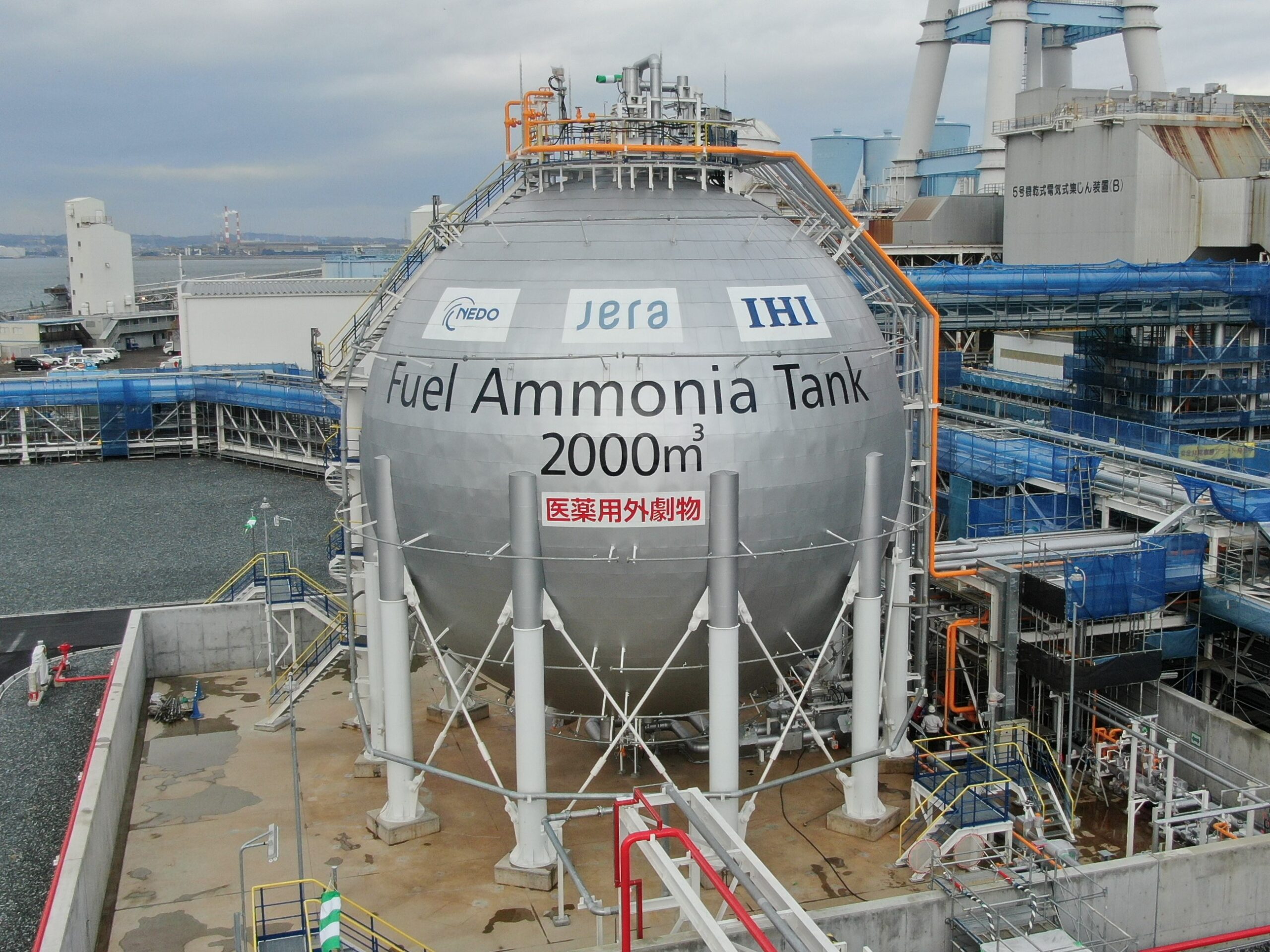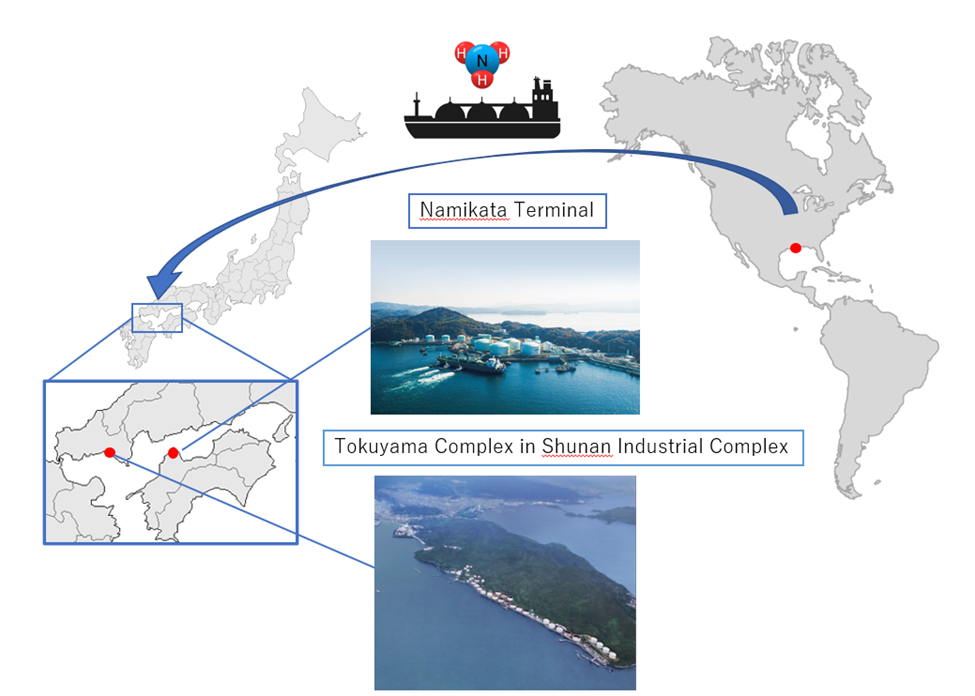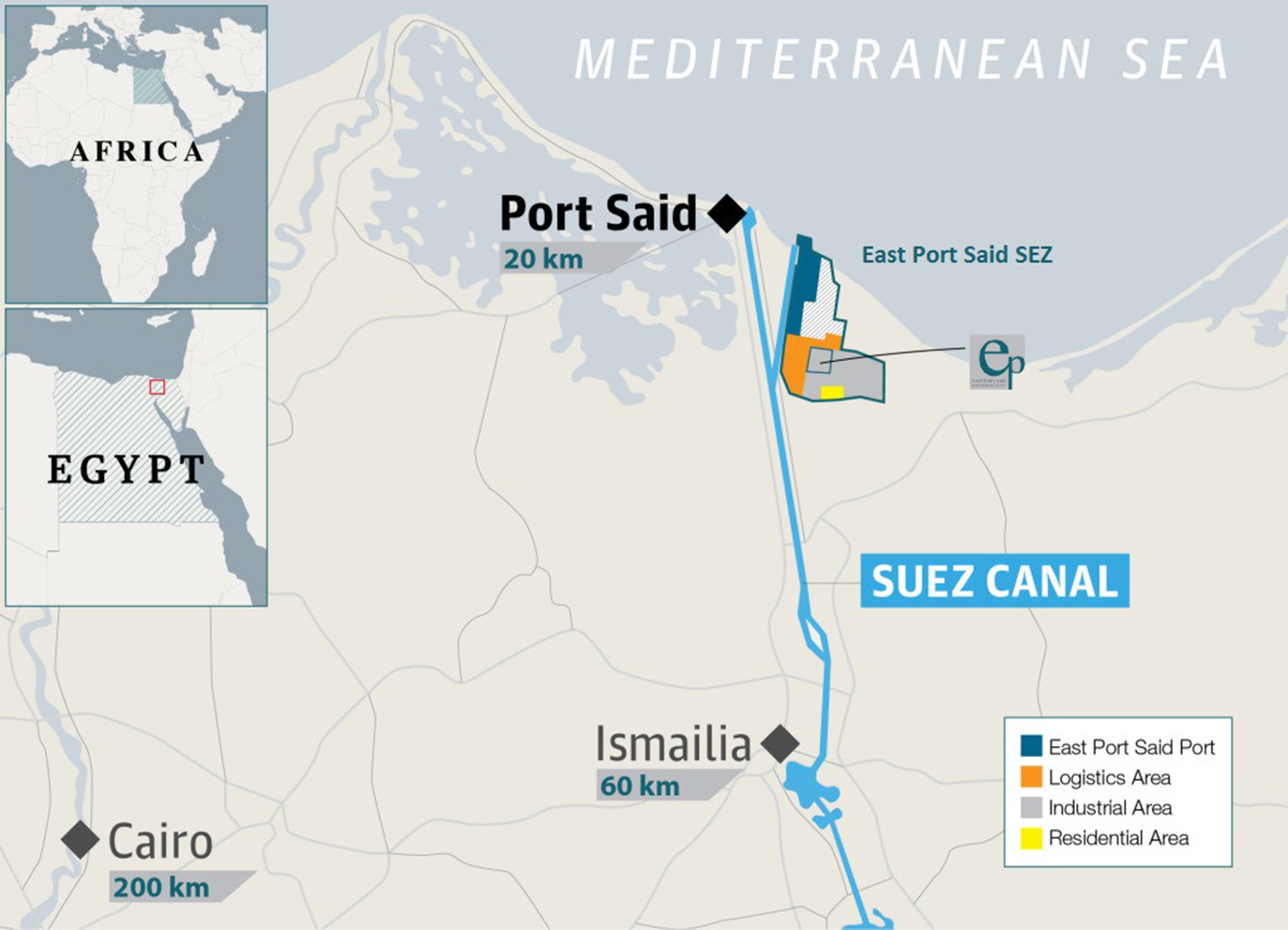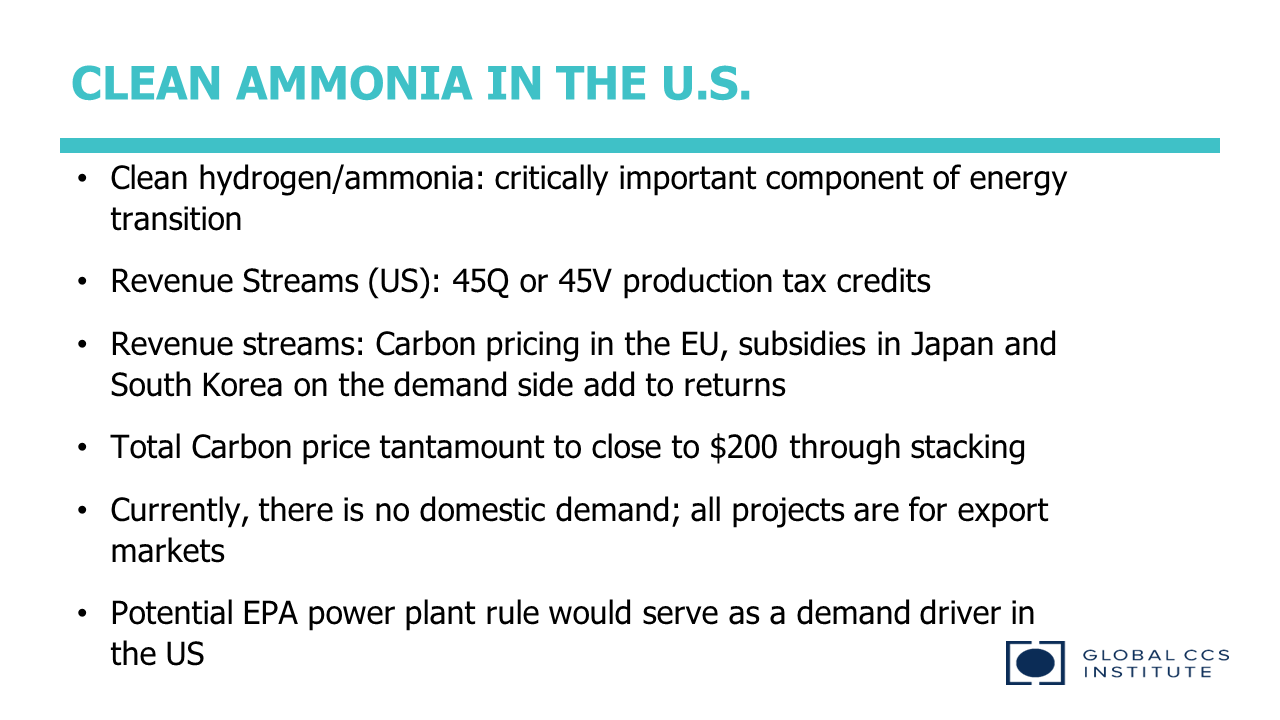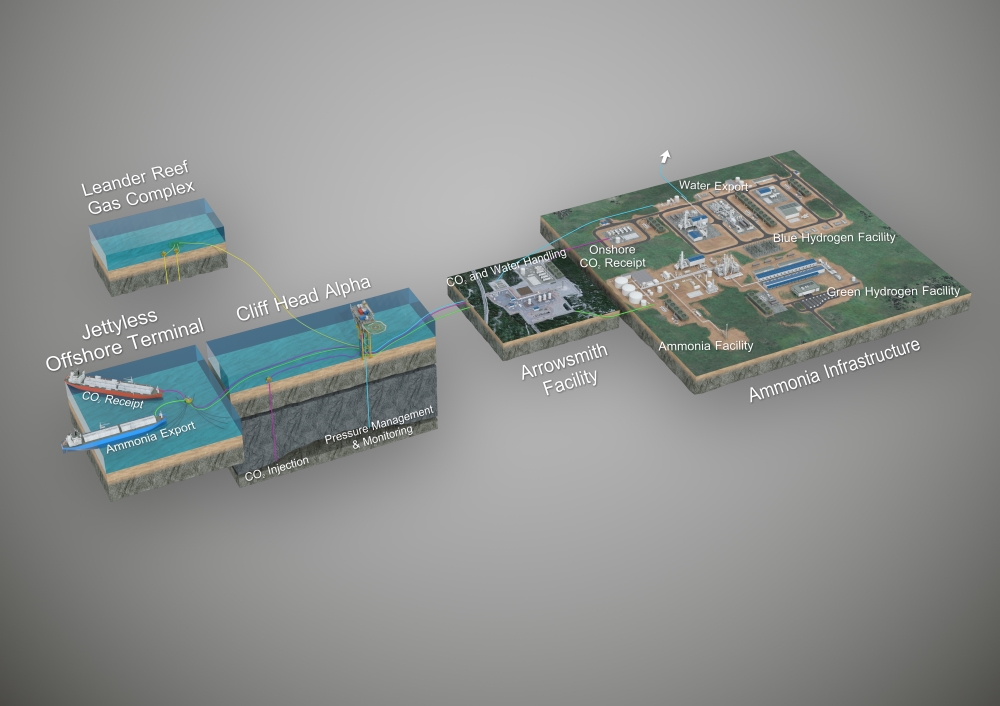CF, JERA to develop mega-project in Louisiana
CF Industries and JERA will work towards development of a 1.4 million tons per year, gas-based mega-project at CF’s planned Blue Point complex in Ascension Parish. JERA will explore a 48% ownership stake in the new project, with FID scheduled within a year. In Odisha, India, JERA will work with ReNew on the development of a renewables-based ammonia project.

